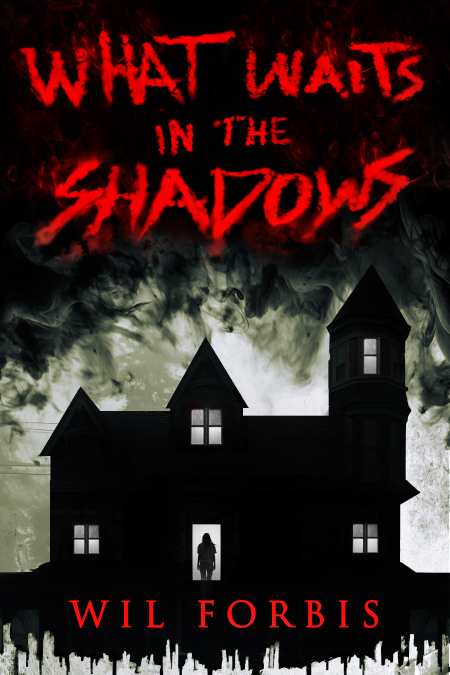After finishing my foray into watching the entire “Friday the 13th” movies, I’ve now delved into the “Saw” films. I saw (ha ha – get it?) the first one when it came out, and then stared in slack-jawed amazement as it wracked up something like ten sequels. I decided there must be something to the series, so I recently rewatched part I and then completed II and III.
Now, I was a big fan of the “Hostel” movies, so I’m not wary of what is called torture porn, but these “Saw” films are grueling. I think it’s a combination of graphic torture scenes (though I do marvel at how good the filmmakers are at suggesting things as opposed to showing them) combined with generally unlikeable characters. Most of the victims in the Saw films are moral reprobates or at least broken people. In the “Saw” films I’ve seen so far, there’s nary a virtuous protagonist of the sort of of “Halloween’s” Jamie Lee Curtis, or “Nightmare on Elm Street’s” Heather Langenkamp.
But there are degrees of unlikability. The “Saw” movies play off a bait a switch approach that’s common in horror. In films since the 50s, the villain appears and starts killing people, but the victims are unsympathetic – oversexed teens, or street thugs – so we cheer the deaths on. (We do, right? It’s not just me?) But then the axe murderer goes after “good” characters and suddenly we feel betrayed. “I didn’t think he was going to chop her up!” we whine. These narratives pit our base and high-minded instincts against each other. It’s rather brilliant, really.
Anyway, maybe I’ll finish off these “Saw” movies, maybe not. They’re kind of depressing.

